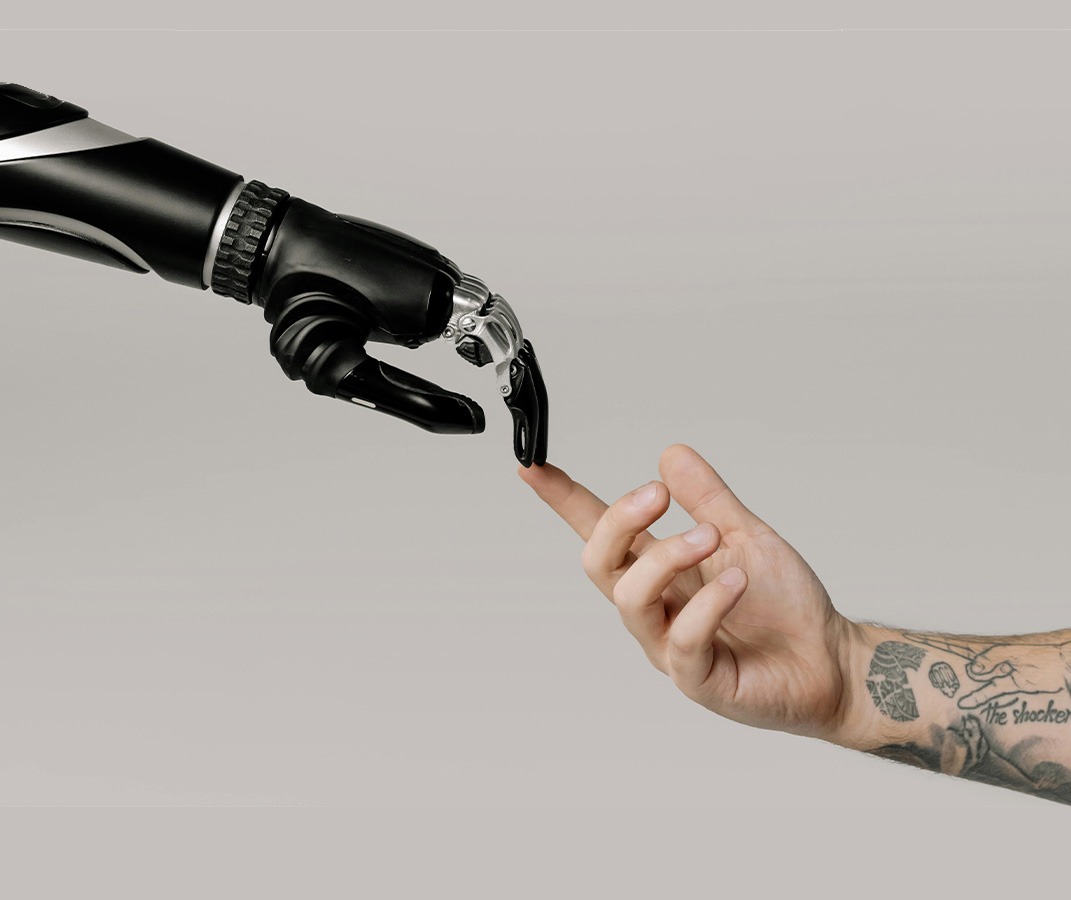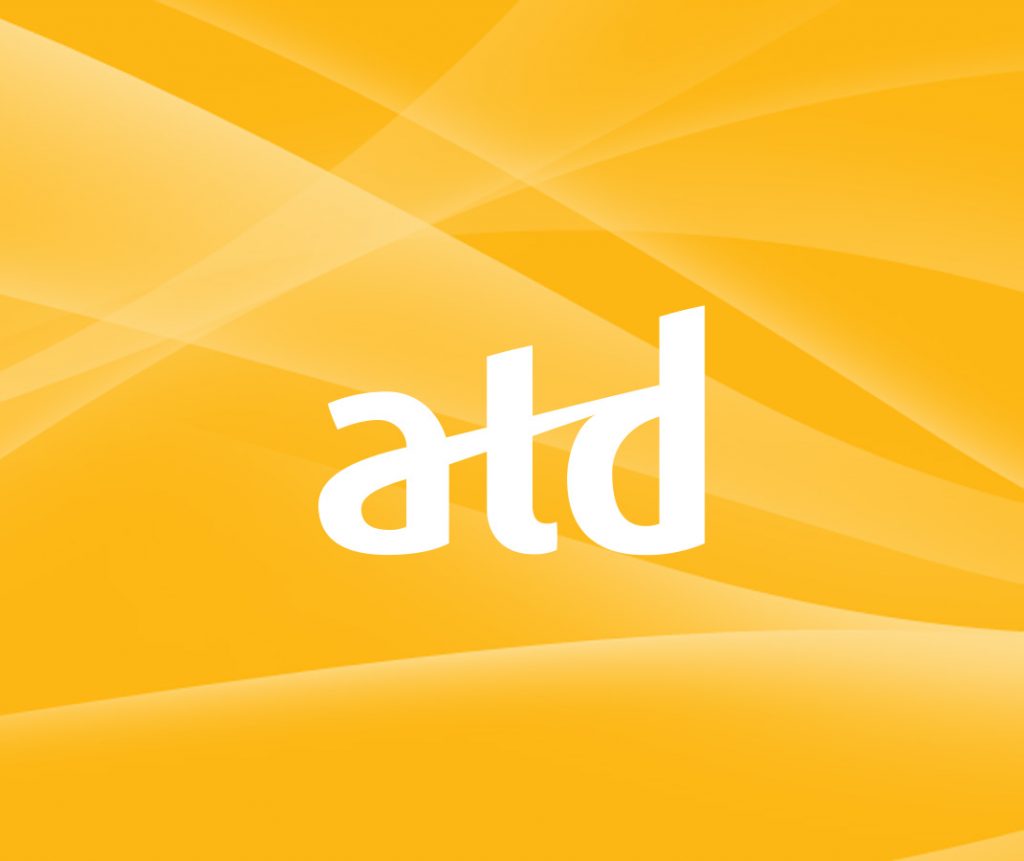Coaching is, at its core, a deeply human endeavor. It’s a skill that requires empathy, curiosity, and an ability to connect with others on a personal level. Effective coaching demands patience, insight, and adaptability, making it a uniquely human process. Yet, as artificial intelligence (AI) tools like Copilot and ChatGPT become increasingly advanced and widely used, the potential to integrate AI into the coaching process is becoming more apparent. Rather than viewing AI as a replacement for human coaches, we see it as a complement—a tool to augment the learning experience and extend the reach of coaching.
Our approach, inspired by our company’s founder Dr. Peter Jensen, is rooted in the idea of AI as “the coach’s coach.” Instead of attempting to replicate the nuanced human interactions of coaching, we’re leveraging AI to sustain learning and assist leaders as they progress toward coaching mastery. AI becomes a tool that helps leaders get comfortable with coaching and sharpens their skills, rather than replacing the critical role of a human coach.
Drawing inspiration from “The Coach’s Coach”
Dr. Peter Jensen has been known for decades as “the coach’s coach.” Over 35 years, his focus has been on empowering coaches rather than stepping into their shoes. He works to help them improve their craft and support their teams more effectively, offering guidance, insights, and tools to help them reach their potential. His role isn’t to be the head coach, but instead to act as a mentor and resource for those who are.
This philosophy guided us as we considered the potential of AI in leadership and coaching development. What if every leader had access to an AI-powered coach in their pocket—one they could turn to for advice, guidance, and practice whenever they needed it? This vision drives our integration of AI as a tool that complements and supports, rather than competes with, human coaches.
Understanding AI’s role in the learning curve
The learning curve is a familiar concept in skill development. It illustrates how people acquire new skills over time, beginning with an initial uncomfortable phase of struggle and slow gains, progressing through steady improvement, and then hitting the final grueling ascent to achieve true mastery. AI’s role is most valuable in the intermediate stages, where learners have built a foundation and consistent practice and support can help them to make big leaps up the curve.

High touch to learn
At the beginning of the learning curve, learners are stepping into unfamiliar territory, and progress can be slow and frustrating. At this stage, motivation, encouragement, and a safe environment to make mistakes are critical. This is where the presence of a human coach is indispensable. Human interaction provides the emotional support and expert guidance that learners need to build confidence and take those first steps.
“The goal of this high-touch phase is to equip learners with a solid foundation and prepare them to apply their new skills independently.”
For example, in our 3×4 Coaching program, leaders regularly report discomfort with delivering corrective feedback and therefore delay or outright avoid it. In the classroom, we are able to set them up in pods with their peers and, through a triad exercise, show that giving “negative” feedback can be a positive, developmental experience. With the encouragement (and accountability) of their peers, participants take the first steps up the learning curve and start to build confidence.
This is not much different than learning to ride a bicycle. Initially, the learner needs someone to hold the bike steady, provide feedback, and offer reassurance. This hands-on support is essential for achieving balance and overcoming the fear of falling. Similarly, in leadership development, learners benefit greatly from in-person workshops or coaching sessions where they can practice new skills, ask questions, and receive real-time feedback. The goal of this high-touch phase is to equip learners with a solid foundation and prepare them to apply their new skills independently.
High tech to transfer
As learners move past the initial hurdles, they enter the middle phase of the learning curve. This is the growth phase, where they’ve gained a basic understanding but need consistent practice to refine their skills and build confidence. At this stage, AI can play a crucial role in supporting learners’ development.
AI tools excel at providing scalable, consistent support during this phase. They can simulate real-world scenarios, offer constructive feedback, and serve as a resource for learners to practice and refine their skills. Our pilot programs have confirmed the value of this approach. Leaders who have used our AI tools report that these tools help them apply what they’ve learned in their training programs. For example, our AI tools have been instrumental in helping leaders simulate coaching conversations, deliver feedback effectively, and prepare for performance reviews. By practicing in a non-judgemental, low-stakes environment, they gain confidence and improve their skills before applying them in real-world situations.
AI as sustainment
AI is particularly effective at supporting sustainment. To understand this, it’s helpful to distinguish between two types of motivation in the learning process: the motivation to learn and the motivation to transfer.
“People are motivated to learn when they encounter new ideas, engaging experiences, or compelling stories.”
The motivation to learn is rooted in intellectual curiosity. People are motivated to learn when they encounter new ideas, engaging experiences, or compelling stories. This type of motivation often requires a human touch—someone who can inspire and captivate learners, sparking their interest in the subject matter. These are areas where human coaches excel. They can create dynamic, interactive learning experiences that draw learners in and motivate them to engage with new concepts.
The motivation to transfer, on the other hand, is about applying what has been learned in a real-world context. This requires an environment where learners feel supported and confident in their ability to succeed. Motivation to transfer comes from having access to resources, someone to turn to for advice, and a sense of accountability. These are areas where AI shines. By providing tools and guidance for application, AI helps learners bridge the gap between theory and practice.
AI can simulate coaching conversations, offer tailored feedback, and provide reminders to keep learners accountable to their goals. It creates an environment where learners can experiment, refine their skills, and build confidence in their abilities—all while supporting their long-term growth.
The future of coaching
The integration of AI into coaching enhances rather than replaces the role of human coaches. While human coaches inspire curiosity, build foundational skills, and connect on a personal level, AI excels at providing scalable, consistent support during the critical growth phase of skill development. This complementary relationship allows learners to benefit from both personalized guidance and accessible tools for practice and refinement.
By blending the strengths of human connection and technological capability, we create a sustainable, accessible coaching model. Human coaches can focus on motivation and expertise, while AI supports learners in applying and mastering new skills. This balanced approach ensures coaching remains effective and widely available, fostering a culture where both learners and coaches thrive in an evolving landscape.





